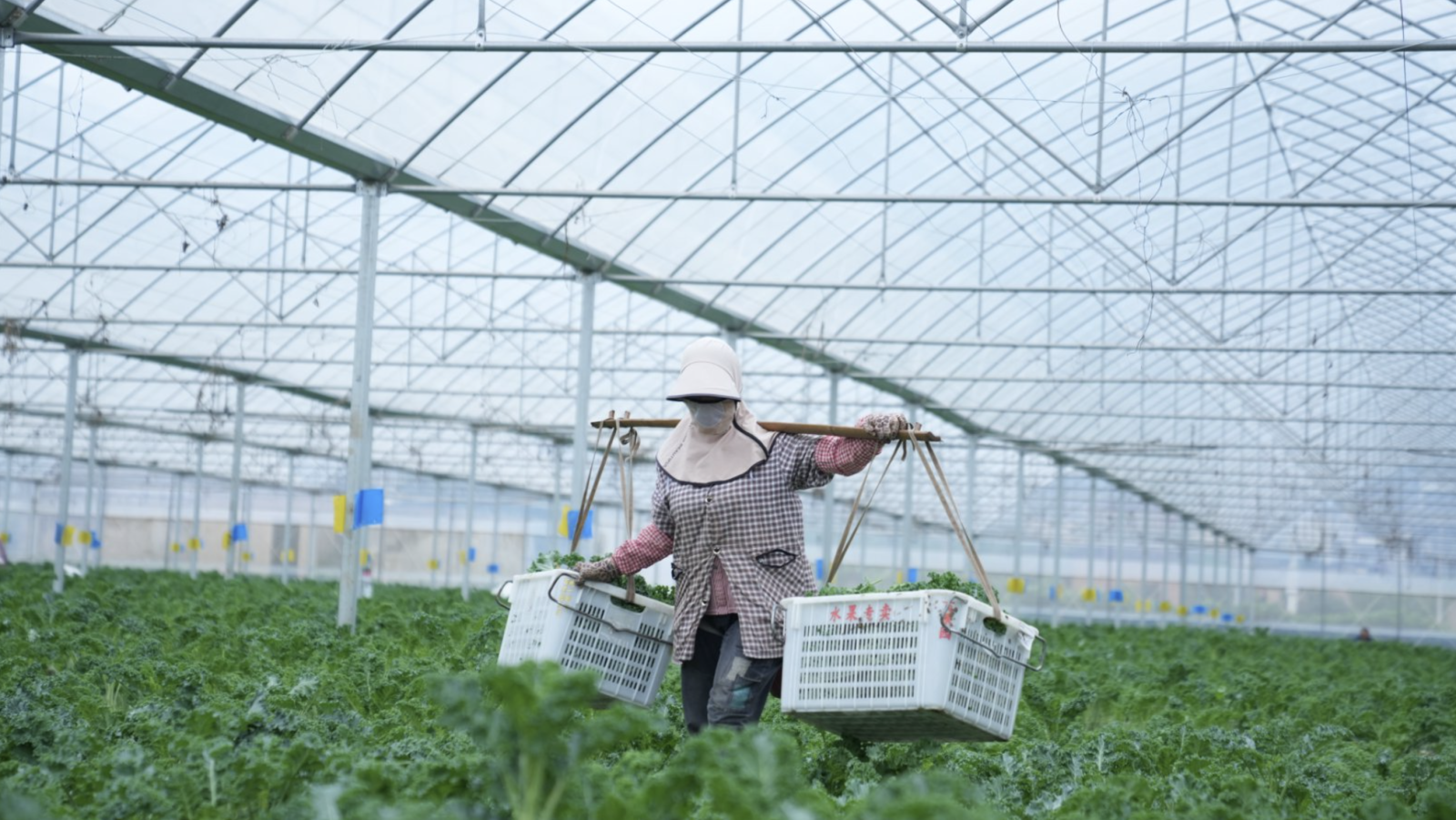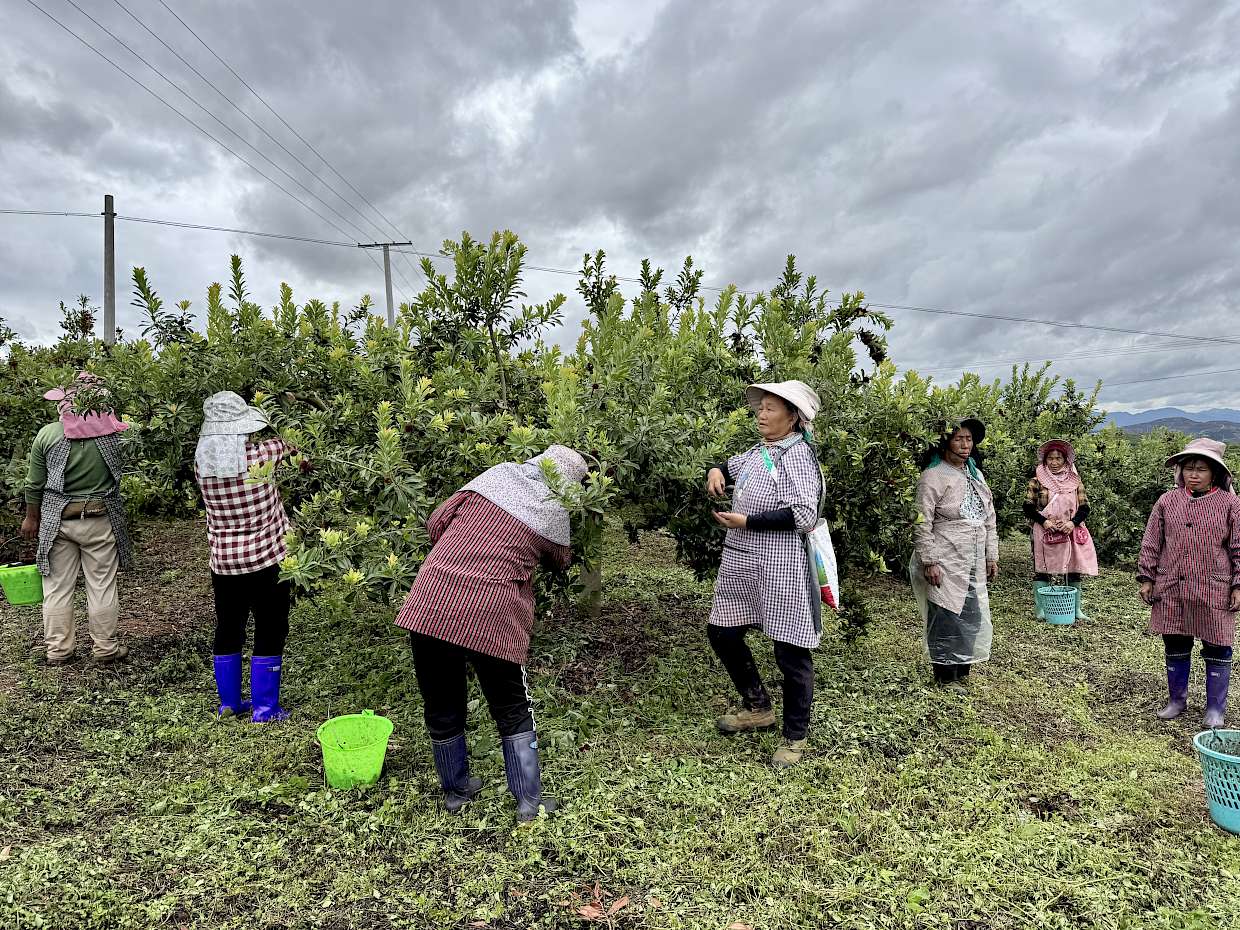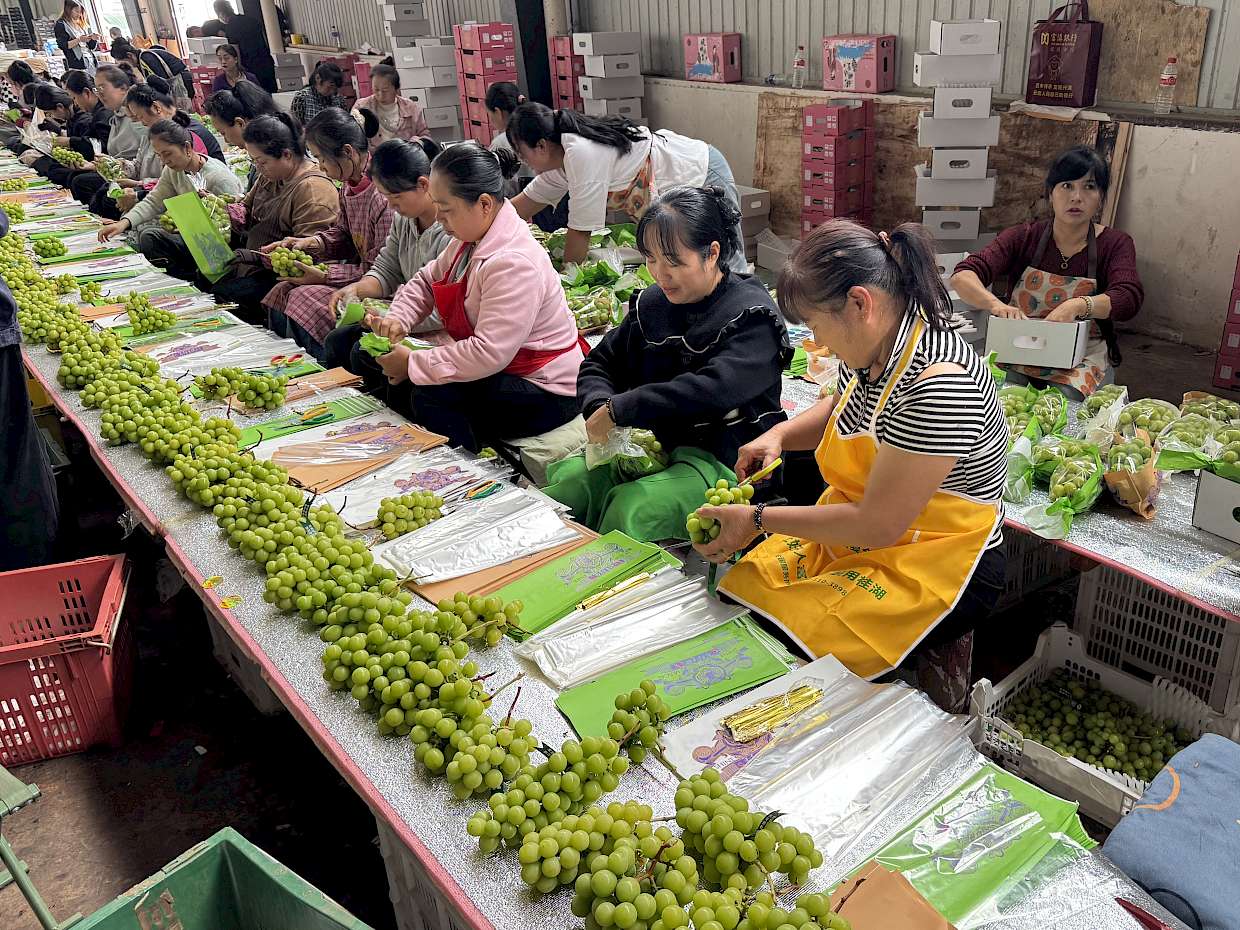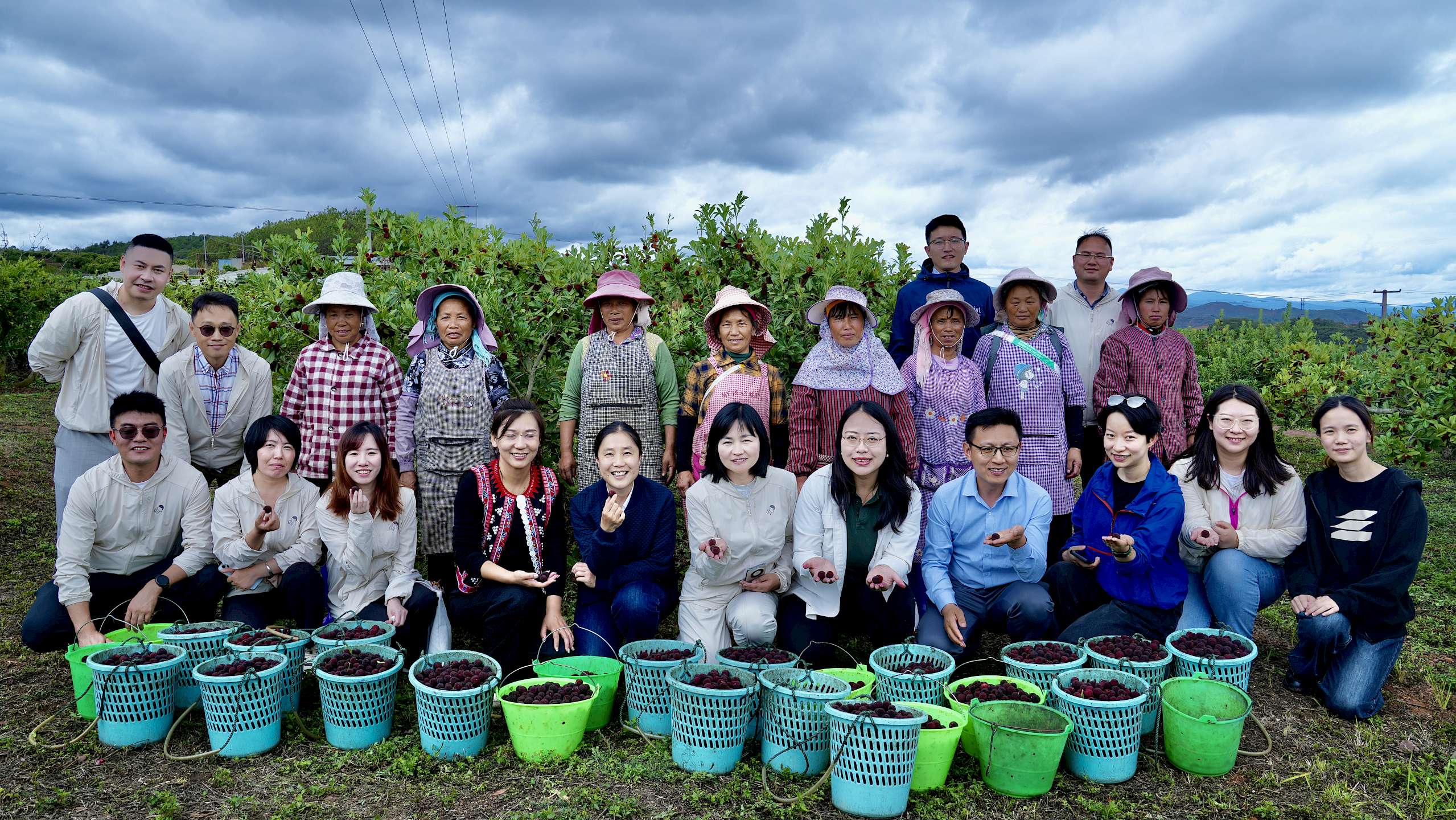
Agriculture plays an important role in China’s economy and food security, producing over 2.2 billion tons of agricultural products annually, 70% of which enter the supply chain. However, rapid urbanization, fragmented production systems, excessive use of fertilizers and pesticides, and outdated logistics infrastructure have contributed to food loss, environmental degradation, and growing food safety risks. Smallholder farmers and cooperatives often lack the knowledge, tools, and incentives needed to enhance sustainability across the supply chain.
To address these interconnected challenges, the EU funded SWITCH-Asia Sustainable Agriculture and Food Environment (SAFE) Project was launched in 2022. Led by the China Chain Store & Franchise Association (CCFA), the Institute of Agricultural Economics and Development (IAED) under the Chinese Academy of Agricultural Sciences, and IVL Swedish Environmental Research Institute, the project aims to improve the sustainability of fruit and vegetable supply chains through eco-efficient production practices, innovative logistics solutions, and supportive policy development.
Why the SAFE Project?
The SAFE Project offers a systemic approach to advancing sustainable agriculture in China, integrating European and Chinese expertise to:
- Reduce the use of pesticides, fertilizers, and water;
- Enhance food safety through traceability and verification systems;
- Promote the use of Fruits and Vegetables Returnable Plastic Crates (FVRPCs) to reduce packaging waste and emissions;
- Empower women and rural communities through inclusive value chain participation;
- Establish guidelines, standards, and policy proposals to support large-scale transformation.
By embedding Life Cycle Assessment (LCA) into agricultural practices, the project incorporates climate and resource efficiency considerations into local food systems, contributing to circular economy goals and aligning with the EU Green Deal’s Farm to Fork strategy.
What Has Been Done So Far?
Since its launch in 2022, the SAFE Project has been actively implemented across multiple provinces, combining technical support, field demonstrations, capacity building, and policy dialogue to create a scalable and replicable model for sustainable agriculture in China.
In 2024 and early 2025, the project focused on piloting green transformation in the fruit and vegetable supply chain. Activities took place in Shantou (Guangdong) and Ledong (Hainan), followed by the most recent mission to Shiping and Jianshui counties in Yunnan Province in May 2025. These regions were selected based on diverse climatic conditions, crop types, and stakeholder readiness—allowing the project to test and refine models adaptable to China’s broad agricultural landscape.


During the latest Yunnan mission, the project team, alongside partners Sangeling, HEYTEA, and a panel of agricultural experts, conducted field visits and sustainability assessments at six production bases, including kale, bayberry, and grape farms. These assessments evaluated ecological practices, food safety standards, and farmer training systems, using a mix of qualitative observations and quantitative indicators.
Following the assessments, the six production bases were officially recognized as “Sustainable Planting Demonstration Bases.” These sites now serve as replicable case studies, showcasing how sustainability standards, innovative logistics (such as FVRPCs), and public-private collaboration can jointly improve agricultural performance.
The project has also introduced a series of “train-the-trainer” workshops for Cooperative Agencies of Farmers (CAFs), focusing on pesticide and fertilizer reduction, water-saving techniques, post-harvest handling, food safety verification, and correct crate usage. These trainings help ensure long-term local ownership and scaling potential, especially among smallholder farmers with limited access to formal resources.
A key innovation promoted by the project is the use of Fruits and Vegetables Returnable Plastic Crates (FVRPCs)—a reusable logistics solution that significantly reduces packaging waste and life-cycle emissions. IVL has conducted LCAs comparing FVRPCs to single-use alternatives, demonstrating both environmental and economic advantages. As a result, more retailers and distributors are adopting FVRPCs, and local guidelines for crate usage are being developed.


The SAFE Project also emphasizes social inclusion, particularly the empowerment of women in rural areas. Many of the Yunnan bases assessed employed large numbers of ethnic minority women in roles such as harvesting, sorting, and field monitoring. These insights are being documented to inform future gender-inclusive programming.
In addition, the project has hosted multi-stakeholder dialogue sessions to build consensus among farmers, businesses, researchers, and local governments. At the roundtable held on 27 May 2025, participants discussed full-chain quality control, production standardization, and government incentives to support sustainable farming.
All these efforts contribute to the project’s overarching goal: to build a low-carbon, high-efficiency, and socially inclusive agricultural system in China, while supporting the objectives of the EU Green Deal and SWITCH-Asia’s sustainable consumption and production agenda.
Moving forward, the SAFE Project will continue expanding its pilot network, strengthening partnerships, and convening industry forums to promote sustainable practices and support China’s broader goals in rural revitalization and ecological agriculture.

Photo credits: SWITCH-Asia Sustainable Agriculture and Food Environment (SAFE) Project


